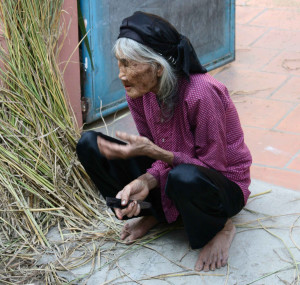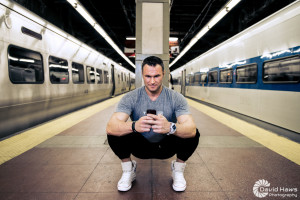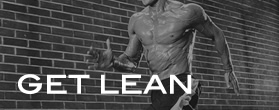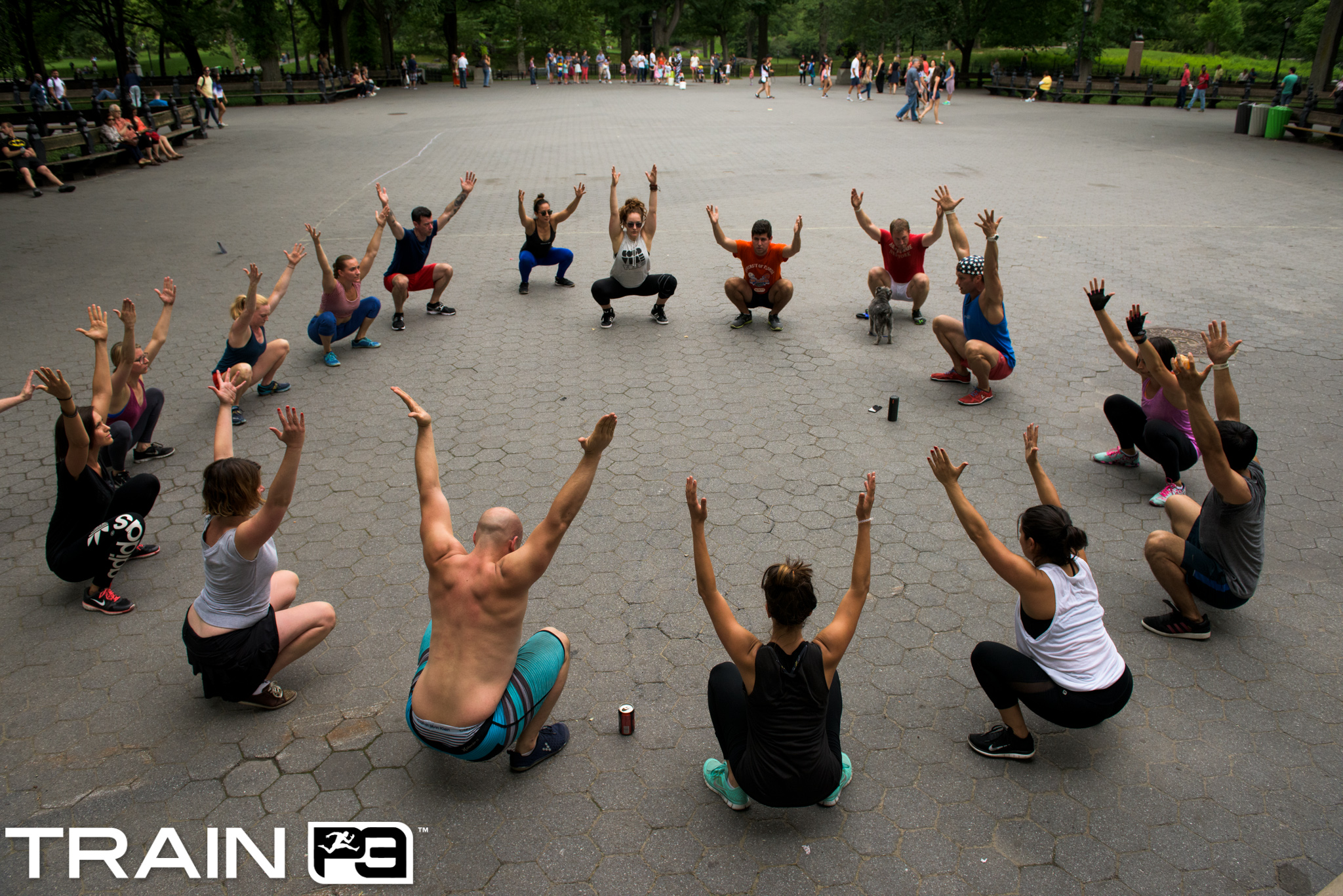Primal squat is a fundamental human posture that prepares our bodies for more intense lower body moves and maintains joint integrity in all lower body joints. Recently Nerijus recorded a video for Qinetic explaining the primal squat and how to do it. See video below to learn why primal squat is an essential movement for anyone.
WHAT IS A PRIMAL SQUAT?
 Primal squat is a passive or relaxed position at the bottom of the deep squat. It is a sign that a person has functional hips, knees and ankles. A healthy person at any age, should be able to drop into a deep squat and hang out there for at least 10 minutes without any discomfort. You do not need to be a contortionist or a yogi, just a functional human being with normal mobility in the ankles, and some basic stability in the knees and hips. This is an innate position that all babies possess. Older adults who maintain and practice this position regularly can just as easily get into the primal squat.
Primal squat is a passive or relaxed position at the bottom of the deep squat. It is a sign that a person has functional hips, knees and ankles. A healthy person at any age, should be able to drop into a deep squat and hang out there for at least 10 minutes without any discomfort. You do not need to be a contortionist or a yogi, just a functional human being with normal mobility in the ankles, and some basic stability in the knees and hips. This is an innate position that all babies possess. Older adults who maintain and practice this position regularly can just as easily get into the primal squat. 
Unfortunately, these days it’s rare to see a healthy squat not only in adults, but even teenagers. We could blame, chairs, shoes, toilets and other aspects of modernized society for making us dysfunctional. The good news is, if practiced daily, this position comes back pretty quickly to most people.
WHY:
You should practice the primal squat for two main reasons: 1) because you can easily squat and it’s a healthy position to maintain. 2) because you cannot get into a squat and it’s an important position to gain back. A full primal squat takes your ankles, hips, and knees through a full range of motion while at the same time decompressing the spine. Squat is not only a great mobility exercise, it also strengthens and nourishes the connective tissues in the lower body and aids digestion and elimination. If you don’t use it, you will lose it. So practice this position daily and maintain it for the rest of your life.
HOW:
1. Maintain an athletic stance with feet about shoulder width apart and toes facing forward. Depending on your ankle mobility, you may need to turn your feet out slightly or widen your stance.
2. Heals must stay on the ground. Read tips, if you are unable to do this step.
3. Get down to the deepest squat you can, relax and stay there for at least 30-60 seconds. Feel free to stay there longer while you are relaxing, resting between exercises, part of your morning ritual, waiting for a train, texting, eating, reading this article 😉 or even working on your lap top. 
4. To fully challenge the ankle mobility, it is ideal to face your toes forward and maintain heals on the ground. A small, 5-15% turn out is ok, but not more than that. If you cannot maintain straight feet, read my tips below.
5. Knees should stay over feet or outside your feet. Do not let knees collapse inward, as that places unnecessary stress on your knees. For added stretch, push your knees out as wide as possible using your elbows. Knees out will place you in a better alignment and will stretch your groin and open your hips.
6. Keep your chest up, knees forward and lower back as flat as you can.
7. Practice this exercise daily.
HOW OFTEN?:
I have a rule with my clients that if they cannot sit in a primal squat for 10 minutes uninterrupted, they have to practice it for 30 min a day (spread out throughput the day, not all at once) for one month. After the first month, it only takes a few minutes a day to maintain it.
TIPS:
In most cases, people who cannot get into a full squat have limited ankle mobility. They will struggle with keeping the heals down or feet straight. If that’s your issue, you can still practice the squat with a few adjustments. Slightly elevate the heals by placing a small (2.5 or 5 lb) plate or a thick magazine under the heals while you are in a squat. You could also hold on to a sturdy object to help you balance or have the wall behind you, so you don’t fall. These are just quick fixes that will let you do a squat immediately, but it’s important to take care of the actual ankle mobility issues so you are able to perform a primal squat. We will cover ankle mobility in more detail in a separate post, but for now, to improve your ankle mobility: 1) Perform soft tissue work on your calves like foam roll, use a lacrosse ball or a stick 2) Stretch your calves. Find an effective calve stretch and practice daily. Spend a few minutes in that stretch 3) Mobilize your ankles by keeping your heel down and pushing your knee past your ankle. This can be done in a lunge or a squat 4) Practice primal squat more often
Practice your primal squat to become more functional human and a better athlete.
Introduce the primal squat to your daily practice, tag us on instagram, facebook and twitter at @trainp3 and #TrainP3 with your attempts and fun places to squat. Share this with your friends, and check in soon to see more tips from Train P3.
 Learn conditioning tools and how Train P3 athletes become balanced, strong, powerful, lean, and flexible!
Learn conditioning tools and how Train P3 athletes become balanced, strong, powerful, lean, and flexible!
Subscribe to our newsletter and get FREE copy of 10 BEST WAYS TO GET LEAN
